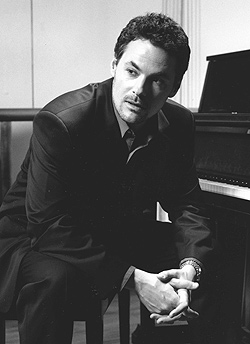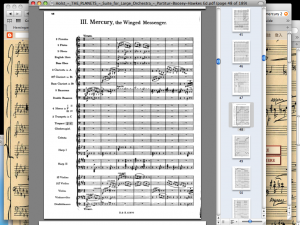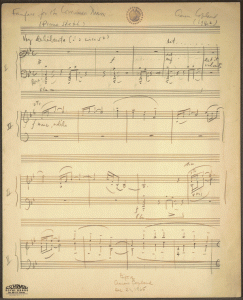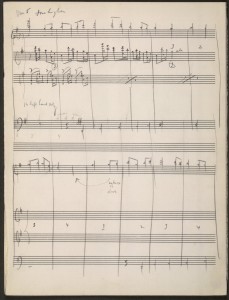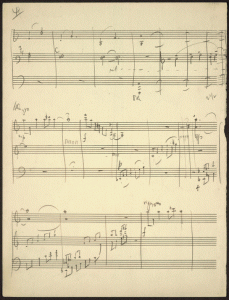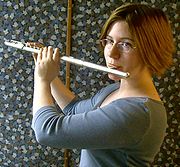httpv://www.youtube.com/watch?v=aA-tOsM6F4Y
Maybe I’ve been hanging out with too many ladybodys in Macau, but this is pretty damn cool. Lin Yu sings Dolly Parton classic on Taiwanese talent show Super Star Avenue, giving his all for the $1 Million prize. (Parton wrote and first recorded the song, which Whitney Houston later recorded.)
